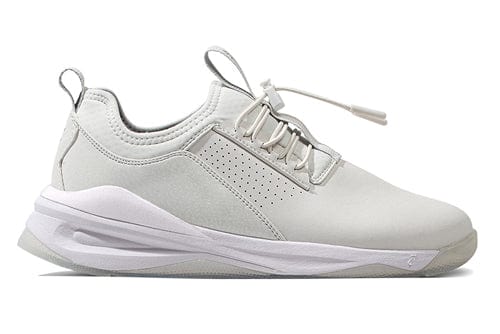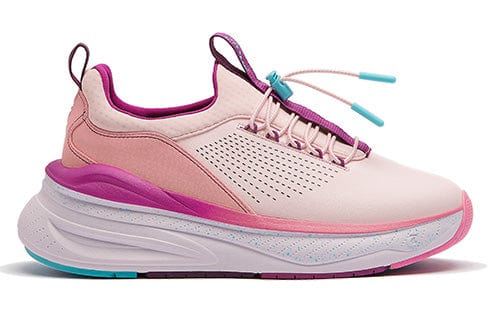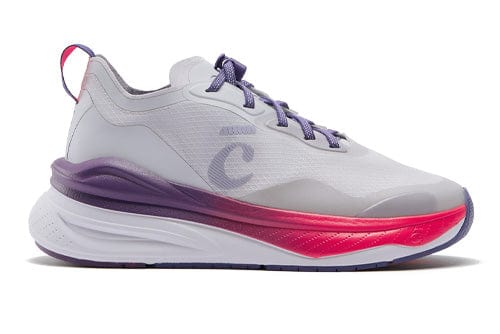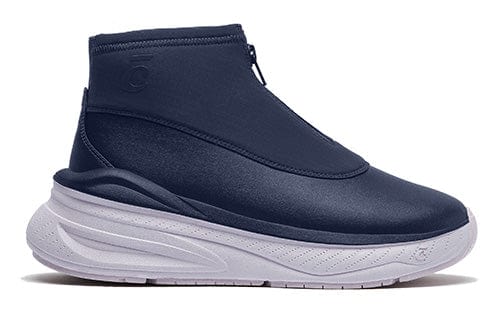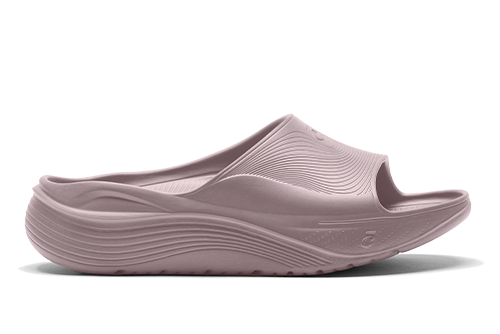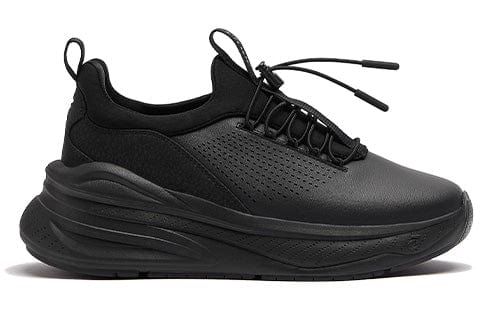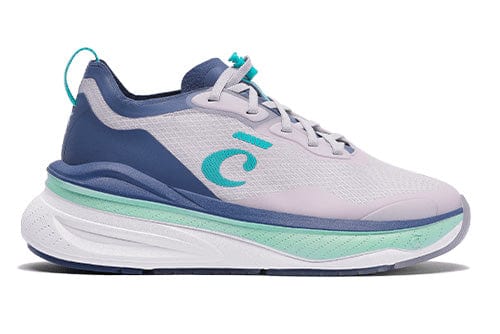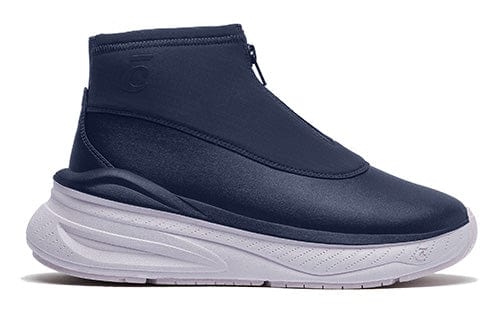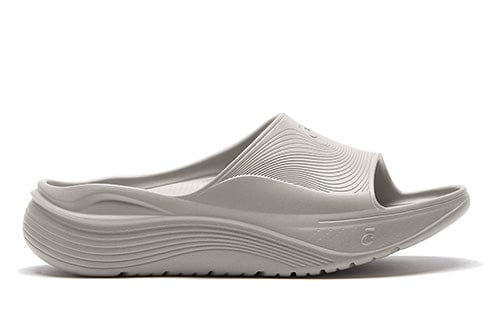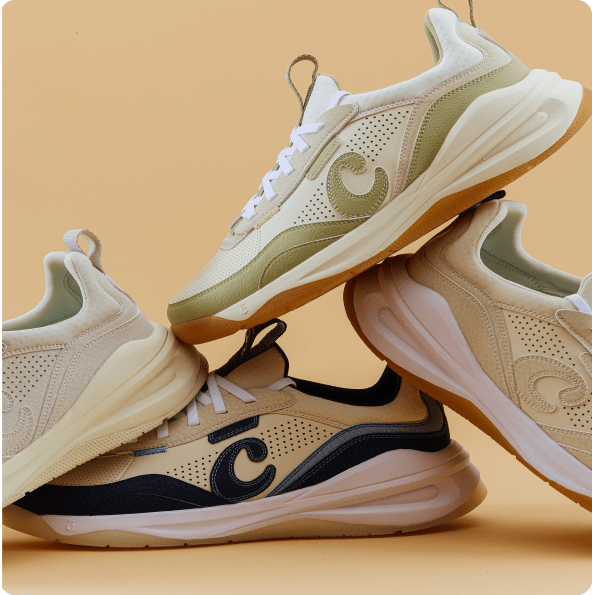Support and Comfort: Exploring Why Compression Socks are Essential for Nurses
Being a nurse is an incredible profession filled with dedication, compassion, and long hours on your feet. As a nurse or healthcare professional, your dedication to caring for others is unmatched. It's time to prioritize your own well-being and discover the incredible benefits of compression socks, designed specifically for you and seamlessly complemented by our nurse shoes. In this article, understand the reasons why compression socks are an essential accessory for nurses like yourself. From enhancing blood circulation and reducing fatigue to preventing varicose veins, these socks are your trusted companions for a fulfilling and comfortable day of work.
Benefits of Compression Socks for Nurses
Embody strength when you are on your feet for hours and empower yourself to address heavy and tired legs. What is the difference between compression socks vs regular ones? Unlike regular socks, compression socks provide graduated pressure, with the most compression at the ankles and gradually decreasing pressure up the legs. Compression socks are an effective solution to your swelling, aches, and leg pain, and they will help you feel strong and energized throughout your day.
As a nurse or healthcare professional, you understand the demands of your job, and that's where compression socks come in as a crucial accessory that offers a myriad of benefits to support your well-being during those long, challenging shifts. Let's dive into the remarkable advantages of compression socks designed specifically for nurses like yourself:
- Improved Circulation: Compression socks work wonders by promoting healthy blood circulation in your legs. The gentle pressure of the sock helps to prevent blood from pooling in the lower extremities, which will reduce the risk of blood clots and deep vein thrombosis (DVT).
- Reduced Fatigue: Long shifts can be physically and mentally draining. Compression socks aid in reducing muscle fatigue and sore feet by providing support to your leg muscles. This support helps to minimize the strain on your legs, allowing you to stay focused throughout your shift.
- Prevention of Varicose Veins: Varicose veins can be a common concern for nurses due to prolonged standing or sitting. Compression socks assist in preventing varicose veins by improving venous return, thus reducing the pressure on the veins and helping to maintain their elasticity.
How Compression Socks Help Nurses
Now that we understand some of the benefits of compression socks, let's dive deeper into how compression socks work their magic to provide support and relief to nurses.
Compression socks apply graduated pressure to the legs, which essentially acts as a gentle massage for your muscles and veins. This pressure helps to push the blood upward, against gravity, and back towards the heart which improves circulation and minimizes the risk of blood pooling in the legs significantly.
These compression socks also provide support to the muscles, tendons, and ligaments in your legs. The compression helps to stabilize the tissues and reduce the vibrations and micro-tears that can occur during prolonged standing or walking. Additionally, compression socks provide proprioceptive feedback, enhancing your body's awareness of movement and positioning. This improved proprioception can aid in maintaining better posture and balance, reducing the risk of accidental falls or injuries while on duty.
Whether in the fast-paced world of healthcare or during adventurous travels, compression socks prove to be an indispensable companion, ensuring comfort, support, and enhanced well-being for all.
Choosing the Right Compression Socks for Nurses
Selecting the right compression sock is crucial to ensure maximum effectiveness and comfort. There are many key factors to help you identify and choose the perfect pair:
- Compression Level: Compression socks come in various levels of pressure, usually measured in millimeters of mercury (mmHg). For nurses, moderate compression between 20-30 mmHg is typically used.
- Material and Fit: Opt for compression socks made from breathable, moisture-wicking materials such as nylon or polyester blends. These materials help to keep your feet dry and comfortable throughout your shift. Additionally, ensure a proper fit by measuring your calf circumference and referring to the sizing chart provided by the manufacturer. A well-fitting sock will provide the optimal amount of pressure and support.
Best Practices for Using Compression Socks
To experience the full benefits of compression socks, it is essential to use them correctly and incorporate them into your daily routine. Follow these best practices for optimal results:
- Proper Wearing Technique: When putting on compression socks, make sure that they are evenly pulled up and sit snugly against your legs. Start by turning the socks inside out, and gradually roll them up your legs, ensuring a smooth and even fit. Avoid bunching or folding the fabric, as this can create uncomfortable pressure points. Once in place, adjust the socks to ensure a comfortable and snug fit.
- Gradual Introduction: If you're new to wearing compression socks, it's recommended to gradually introduce them into your routine. Start by wearing them for a few hours during your shift and gradually increase the duration as your body adjusts.
- Regular Washing: Washing compression socks is essential to maintain their effectiveness and prolong their lifespan. It is recommended to wash them after each use to remove sweat, dirt, and any potential bacteria buildup. Typically, compression socks can be machine washed in cold or lukewarm water using a mild detergent. Avoid using bleach or fabric softeners as they can deteriorate the elasticity of the socks. After washing, gently squeeze out excess water and allow them to air dry. This simple maintenance routine will keep your compression socks fresh, clean, and ready to support your legs day after day.
As a nurse or a healthcare professional explore the world of compression socks, several common questions arise:
How long should nurses wear compression socks?
It's recommended to wear compression socks throughout your entire shift to experience their full benefits. However, if you find it more comfortable, you can gradually increase the duration of wear over time.
Can compression socks prevent blood clots in nurses?
Yes, compression socks are known to reduce the risk of blood clots and deep vein thrombosis (DVT) by improving blood circulation and preventing blood pooling in the legs.
What is the recommended compression level for nurses?
For most nurses, a moderate compression level between 20-30 mmHg is recommended. However, individuals with specific medical conditions may require higher levels of compression as prescribed by their healthcare provider.
How often should nurses replace their compression socks?
It is generally recommended to replace compression socks every three to six months, or sooner if they become stretched out or lose their elasticity.
Can nurses wear compression socks with their regular shoes?
Yes, compression socks can be worn with regular shoes. Ensure that your shoes provide enough room to accommodate the slightly thicker material of compression socks without causing discomfort. Wondering how to style socks with sneakers? Compression socks can be seamlessly paired with your favorite Clove sneakers, offering both comfort and style.
Enhancing Nursing Comfort and Well-being with Compression Socks
As a nurse, you dedicate your life to caring for others. It is just as important to prioritize your own well-being and comfort to empower yourself to continue to provide exceptional care. Compression socks offer a multitude of benefits, including improved circulation, reduced fatigue, and prevention of varicose veins. By choosing the right compression socks and incorporating them into your daily routine, you can enhance your comfort, well-being, and overall job satisfaction.
At Clove, we understand the unique challenges faced by healthcare professionals, which is why we've designed our compression socks with your needs in mind. Our socks combine functionality, style, and durability to provide you with the support and comfort you deserve.
Whether you choose our coffee print compression socks or our rainbow tie-dye style, you can trust that our compression socks are meticulously crafted to meet the needs of nurses like you. Experience the difference of Clove compression socks and discover the perfect blend of support, comfort, and style.
So, why do nurses wear compression socks? The answer is simple: to prioritize their own well-being, comfort, and longevity in their profession. Join the growing community of nurses who have discovered the incredible benefits of compression socks and take a step towards enhancing your nursing experience today.
Sources:
- Riverside Health System. Compression Socks: What Are They and Who Needs Them. www.riversideonline.com/patients-and-visitors/healthy-you-blog/blog/c/compression-socks-what-are-they-and-who-needs-them.
- Mayo Clinic News Network. Tips for Using Compression Stockings. https://newsnetwork.mayoclinic.org/discussion/mayo-clinic-q-and-a tips-for-using-compression-stockings/
- Kaiser Permanente. Compression Stockings: How to Use Them. https://healthy.kaiserpermanente.org/health-wellness/health-encyclopedia/he.compression-stockings-how-to-use-them.tn8048


